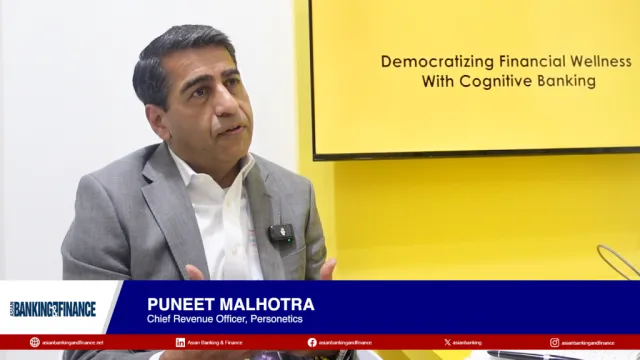
Union Bank of the Philippines ‘aggressive’ growth strategy brings more problem loans
Its problem loan ratio is expected to remain at the 6% to 7% range in 2025.
Union Bank of the Philippines (UBP) saw an increase in problem loan ratio and higher problem loan formation over the past two years due to its aggressive growth strategy.
Its aggressive growth— both organically and through acquisition— has led it to have the largest share of retail loans amongst Philippines’ largest banks, according to Moody’s Ratings.
However, its consolidated problem loan ratio has risen to 7.4% as of end-2024 from 6.5% a year earlier, the ratings agency noted. This was due to asset quality challenges in one commercial exposure, as well as the banks and its subsidiaries’ mortgage portfolios.
Although UBP has since scaled down growth and tightened its credit underwriting, including limiting new-to-credit lending, Moody’s said that it expects the bank's problem loan ratio to remain elevated at around the 6%-7% range in 2025.
UBP will continue to contend with its large share of unsecured retail loans, shrinking financial buffers of retail borrowers in the country and ongoing clean-up of UnionDigital Bank in 2025.
“Its digital lending subsidiary, UnionDigital Bank, faced severe credit quality challenges in 2023, which led to continued pressure on UBP's asset quality, despite de-risking efforts,” Moody’s said.
The bank's low provision coverage of problem loans also provide lower buffers against its riskier loan portfolio, Moody’s said in its latest report on the bank, where it downgraded the UBP’s rating from Baa3 from Baa2.
“The downgrade reflects the bank's modest profitability, which is highly dependent on its ability to manage credit costs associated with its growing portfolio of unsecured retail loans, despite a high net interest margin (NIM),” Moody’s said.
The bank's profitability, measured by return on assets (ROA), improved to 1.1% in 2024 from 0.8% the year before, on the back of a stronger NIM and marginally lower operating expenses, despite higher credit costs.
“We expect the bank's NIM to remain the strongest amongst its domestic rated-peers, but credit costs will also remain the highest due to its larger unsecured retail book,” Moody’s said.



















 Advertise
Advertise






